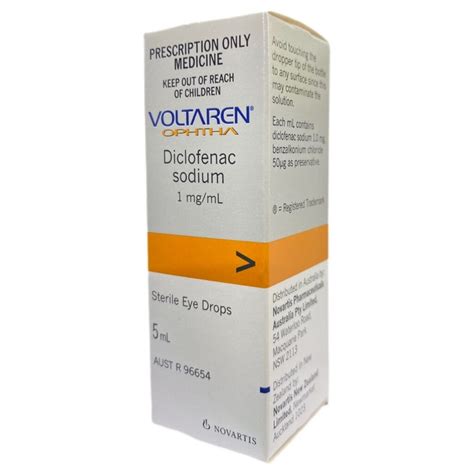Sucralfate is a medication that has been widely used for several decades to treat and prevent various gastrointestinal disorders. Its primary function is to form a protective barrier over ulcer sites, shielding them from further irritation and allowing the ulcers to heal. This medication is often prescribed for its efficacy in managing conditions such as gastroesophageal reflux disease (GERD), stomach ulcers, and duodenal ulcers, among others.
Gastroesophageal Reflux Disease (GERD)
GERD is a chronic condition where stomach acid flows back into the tube connecting your mouth and stomach (esophagus). This backwash (acid reflux) can irritate the lining of your esophagus, causing discomfort. Although sucralfate is not a traditional first-line treatment for GERD, it can be beneficial in certain cases, especially when combined with other medications. Its ability to protect the mucosal lining can help alleviate symptoms of acid reflux.
Stomach Ulcers
Also known as gastric ulcers, these are open sores that develop on the inside lining of your stomach and the upper portion of your small intestine. The most common symptoms of stomach ulcers are burning stomach pain and bleeding. Sucralfate works by forming a complex with the site of the ulcer, protecting it from acid and enzymes in the stomach, thus facilitating healing.
Duodenal Ulcers
Duodenal ulcers are a type of peptic ulcer disease and occur in the duodenum, which is the first part of the small intestine. The symptoms are similar to those of stomach ulcers and include abdominal pain, vomiting, and loss of appetite. Sucralfate can be effective in treating duodenal ulcers by protecting the ulcer site and promoting healing.
Prevention of Stress-Related Bleeding
In critical care settings, sucralfate is sometimes used to prevent stress-related mucosal bleeding in critically ill patients. These patients are at high risk of developing gastrointestinal bleeding due to the stress of their illness, and sucralfate can provide a protective barrier against this complication.
Usage and Administration
Sucralfate is typically taken orally, usually 1 gram four times a day, on an empty stomach, at least 1 hour before or 2 hours after meals. It’s crucial to follow the exact dosage and timing as prescribed by your healthcare provider to ensure the medication works effectively. It’s also important to stay hydrated by drinking plenty of water when taking sucralfate.
Side Effects
While generally well-tolerated, sucralfate can cause some side effects, including constipation, diarrhea, nausea, vomiting, and stomach cramps. In rare cases, it may cause more severe side effects, such as an allergic reaction. It’s essential to report any side effects to your healthcare provider.
Interactions with Other Medications
Sucralfate can interact with several other medications by decreasing their absorption. It’s vital to inform your healthcare provider about all the medications you’re currently taking to avoid any potential interactions.
Conclusion
Sucralfate is a valuable medication in the treatment and prevention of various gastrointestinal conditions. Its protective mechanism of action provides relief and promotes healing in ulcer conditions. However, like all medications, it should be used under the guidance of a healthcare professional to maximize its benefits and minimize the risk of side effects.
FAQ Section
What is sucralfate primarily used for?
+Sucralfate is primarily used to treat and prevent gastrointestinal disorders such as gastroesophageal reflux disease (GERD), stomach ulcers, and duodenal ulcers by forming a protective barrier over ulcer sites.
How does sucralfate work?
+Sucralfate works by forming a complex with the site of the ulcer, protecting it from acid and enzymes in the stomach, thus facilitating healing.
What are the common side effects of sucralfate?
+Common side effects of sucralfate include constipation, diarrhea, nausea, vomiting, and stomach cramps. In rare cases, it may cause more severe side effects, such as an allergic reaction.
How should sucralfate be taken?
+Sucralfate is typically taken orally, usually 1 gram four times a day, on an empty stomach, at least 1 hour before or 2 hours after meals.



